
YDTech® manufacturer of serrated drive(S7)pins for constant face drivers! supplier of micro drive pins for live chuck centers, grinders,workholding ,milling machines in china.
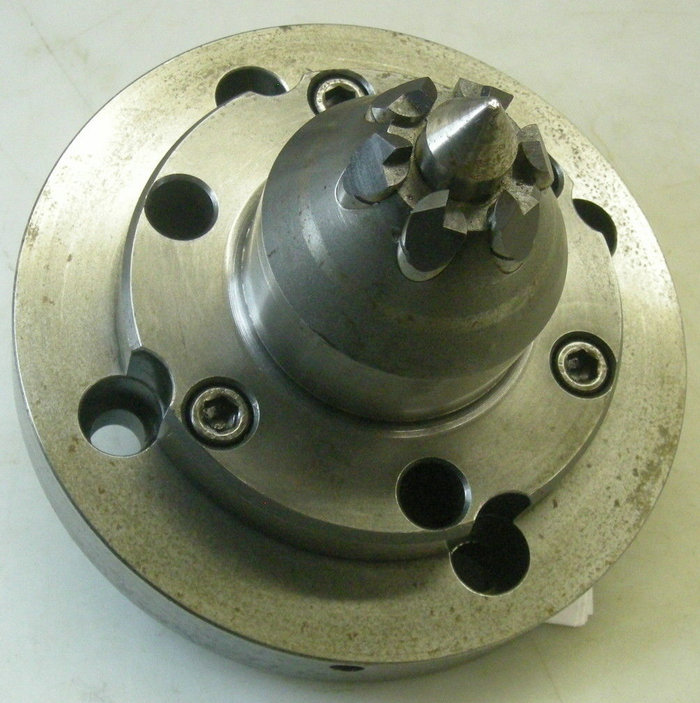

drive pins that are micro-serrated and hard-coated are available. these pins reduce or eliminate part slippage, thus reducing scrap. we produce drive pins on the customer's drawings or samples,it's grinding include serrated tip, not lathe processing.
to turn a workpiece efficiently, drive pins should act as teeth that bite into the workpieces face. these pins are replaceable and are available in sets of three, five or six, depending on the size of the driver and the workpiece being turned.
finishing hardened workpieces using face drivers is gaining greater acceptance with the advanced capabilities of face drivers, machine tools and cutting tools. however, a drawback has been the ability to clamp hardened workpieces reliably and accurately while machining them entirely in a single operation. to ensure proper workholding, a suitable driving element: one which can handle high-tolerance demands and still be cost effective to make hard turning possibleis needed. one option is a system of micro-serrated and hard-coated drive pins mounted around the face driver.
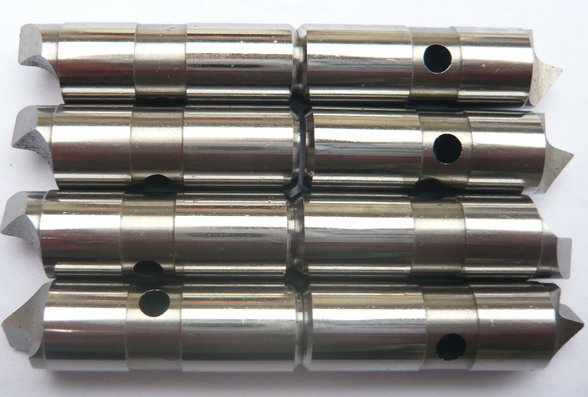
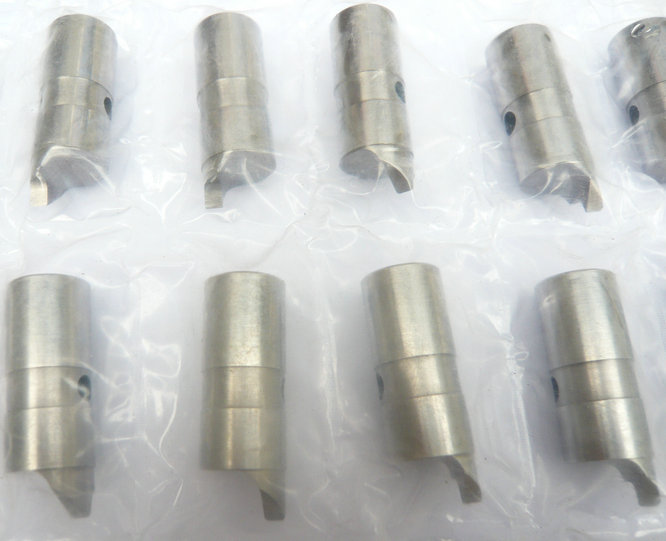
life expectancy for micro-serrated and hard-coated drive pins is reported to be six to ten times longer than that of diamond-coated pins in hard turning and grinding applications. the new pins are more reliable than diamond-coated pins, which can lose grip if the diamond coating chips off under tough conditions such as turning hardened workpieces. in addition, these pins can grip a smaller surface area, allowing them to handle a greater variety of workpieces than diamond-coated pins can.
while both types are widely used, mechanical face drivers seem to provide stronger reasons for selection than hydraulic face drivers. mechanical models have compensating drive pins and minimal center runout resulting from the extended guide length on center, the center pin and its locking mechanism. the center point is mechanically locked when it is in the clamped position. these face drivers offer accuracy below 0.0004-inch tir. part diameters that can be driven range from 0.240 inch to 36 inches in diameter on standard face drivers.
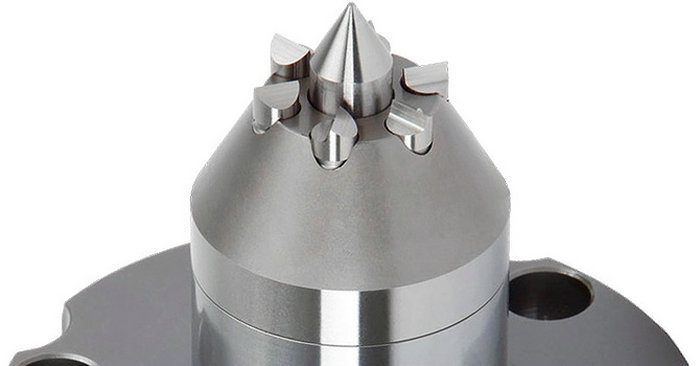
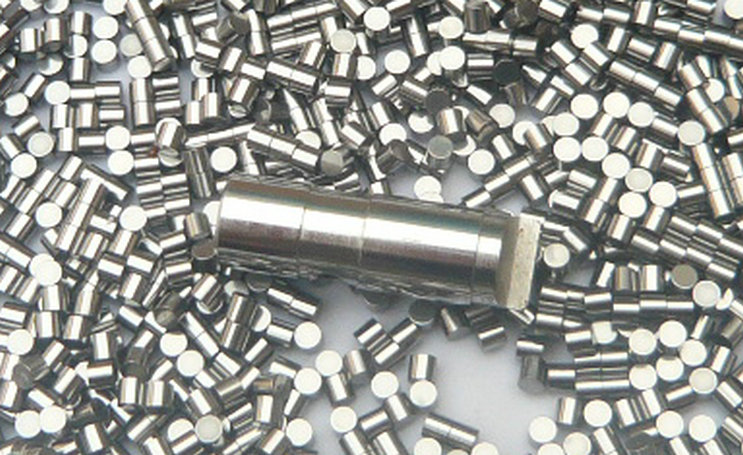
mechanical styles can be used with workpieces weighing as much as 8,000 lbs. turning longer workpieces may require the use of a steady rest for additional support.
the typical mechanical face driver requires less tailstock force because 90 to 95 percent of this force is available for the drive pins to bite into the workpiece, with 5 to 10 percent of the tailstock force used to collapse the center pin. in hydraulic face drivers, about 50 percent of the tailstock force is used to collapse the center pin because they have no center pin locking mechanism.
if a manufacturer is producing axles or a similar type of shaft work, it is very important that the dimensions of the part be precise from end to end. however, these dimensions may vary slightly in this type of manufacturing process, as the workpiece may not be perfectly aligned when it is chucked for the second time. both of these problems can be eliminated with the use of a face driver.
- home
- products
- contact
- equipments
- face driver pins
- drivers vs pins
- S7 drive pins
- lathe drive pins
- mechanical drive pins
- hardened drive pins
- CNC face drivers
- drive fixture pins
- changeable driving pins
- face driver parts
- drive pins
- face drives
- drive chuck
- hardened pins
- drive shafts
- center pins
- drive claws
- drive grips
- drive chuck
- driver tops
- locating pins
- driving pins
- cylindrical rollers
- needle rollers
- dowel pins
- capillary tubes